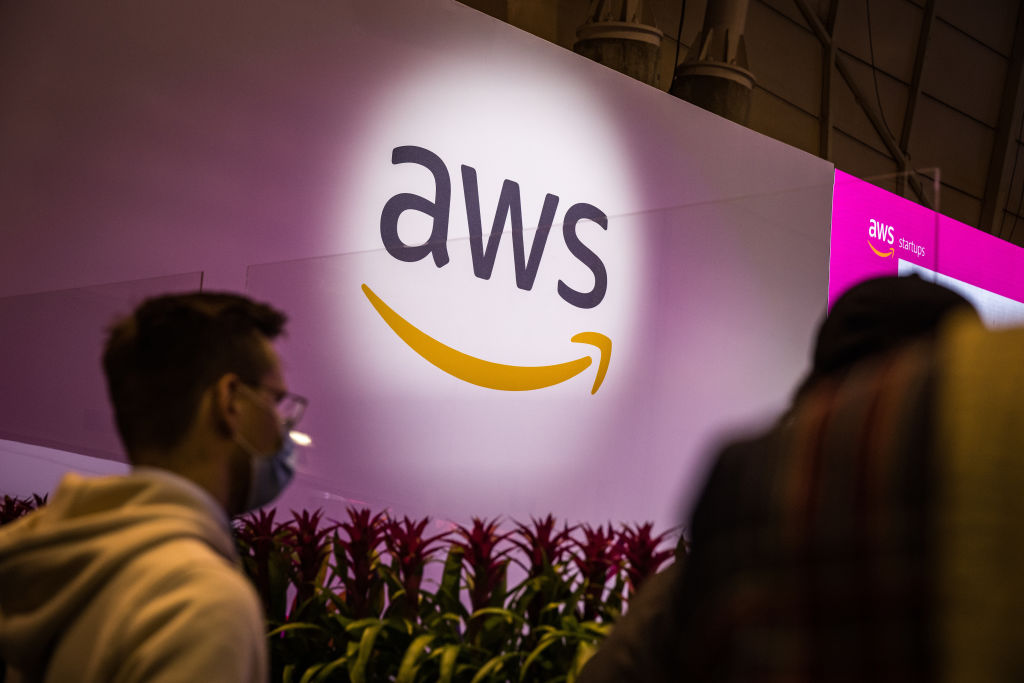AWS makes Neptune, its graph database service, serverless • ZebethMedia
Nearly five years ago, Amazon Web Services (AWS) launched Neptune, a service for running apps that need a graph database to store and query connected data sets. Now, to keep up with the serverless trend, AWS is expanding the offering with Amazon Neptune Serverless, a serverless option for Neptune that automatically scales to support variable graph database workloads.
Unlike traditional databases, graph databases store nodes and relationships instead of tables, columns and documents. Developers building apps that track relationships among connected data points use graph databases to understand those relationships within the full data set; graph database use cases include contact tracing, fraud detection, drug discovery and even network security.
Graph databases are powerful, to be sure. But they’re also unpredictable in terms of processing overhead. Typically, graph databases require a dev team to continuously monitor and reconfigure compute capacity to maintain good performance.
Amazon Neptune Serverless ostensibly solves this problem by autonomously provisioning, scaling and managing clusters of graph database instances. Neptune Serverless supports the same graph query languages as Amazon Neptune, and customers only pay for the apps they use, according to AWS VP of databases, analytics and machine learning Swami Sivasubramanian.
“Customers have asked us to take care of the heavy lifting associated with managing capacity and optimizing for cost and performance,” Sivasubramanian said in a press release. “Now, with Amazon Neptune Serverless, customers have a graph database that automatically provisions and seamlessly scales clusters to provide just the right amount of capacity to meet demand.”
Neptune Serverless is generally available as of today today to AWS customers running Neptune in the U.S. East (Ohio), US East (N. Virginia), US West (N. California), US West (Oregon), Asia Pacific (Tokyo), Europe (Ireland) and Europe (London) server regions. Amazon says it’ll come to additional regions in the future.
Serverless computing, which abstracts away the complexities of managing server capacity, is a growing trend in software development. According to one 2020 survey, 50% of AWS users said that they were using some degree of serverless capabilities. And CB Insights estimated the market for serverless was worth $7.7 billion in 2021, up from $1.9 billion in 2016.
AWS last majorly expanded its serverless product portfolio in April, when it launched Amazon Aurora Serverless V2, its serverless database service, and SageMaker Serverless Inference, a solution for running AI systems that doesn’t require configuring the underlying infrastructure. July saw the release of several new serverless analytics offerings, including Amazon EMR, Amazon Managed Streaming for Apache Kafka and Amazon Redshift.
